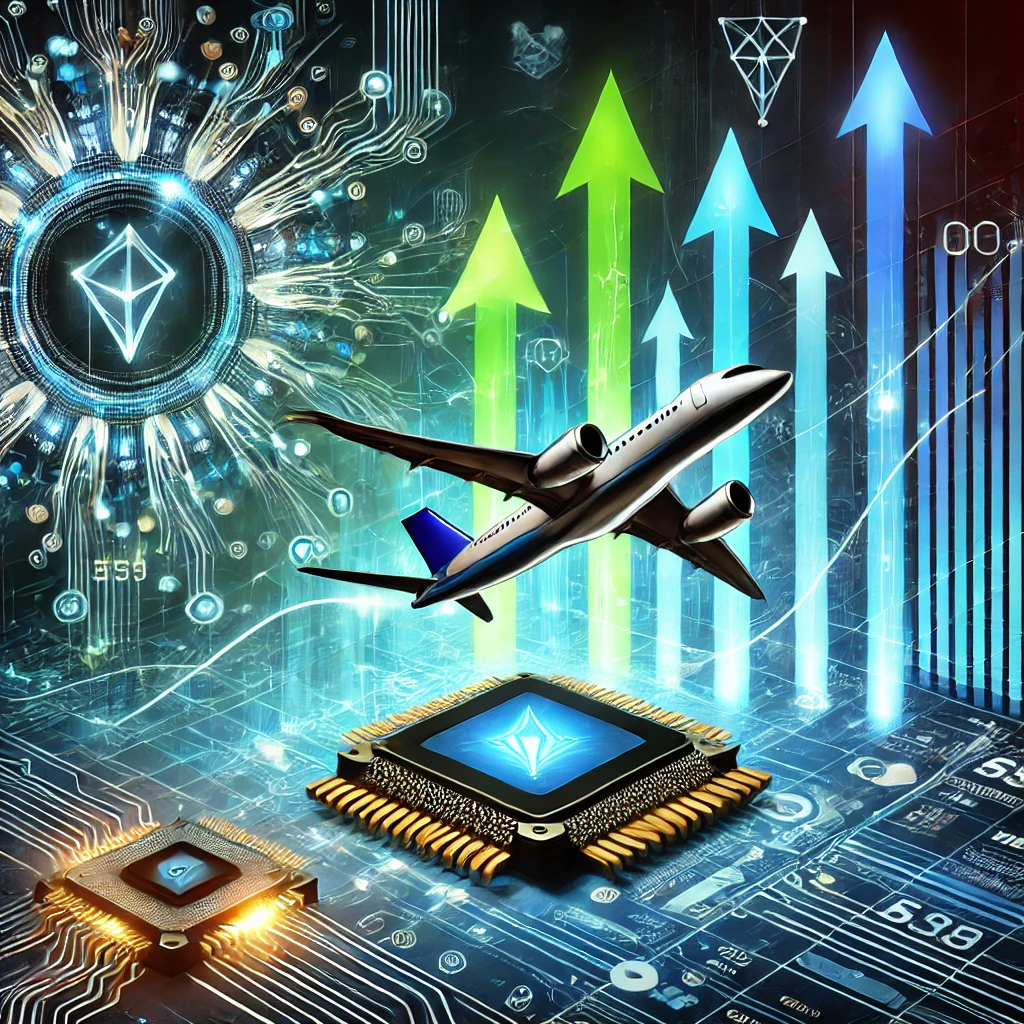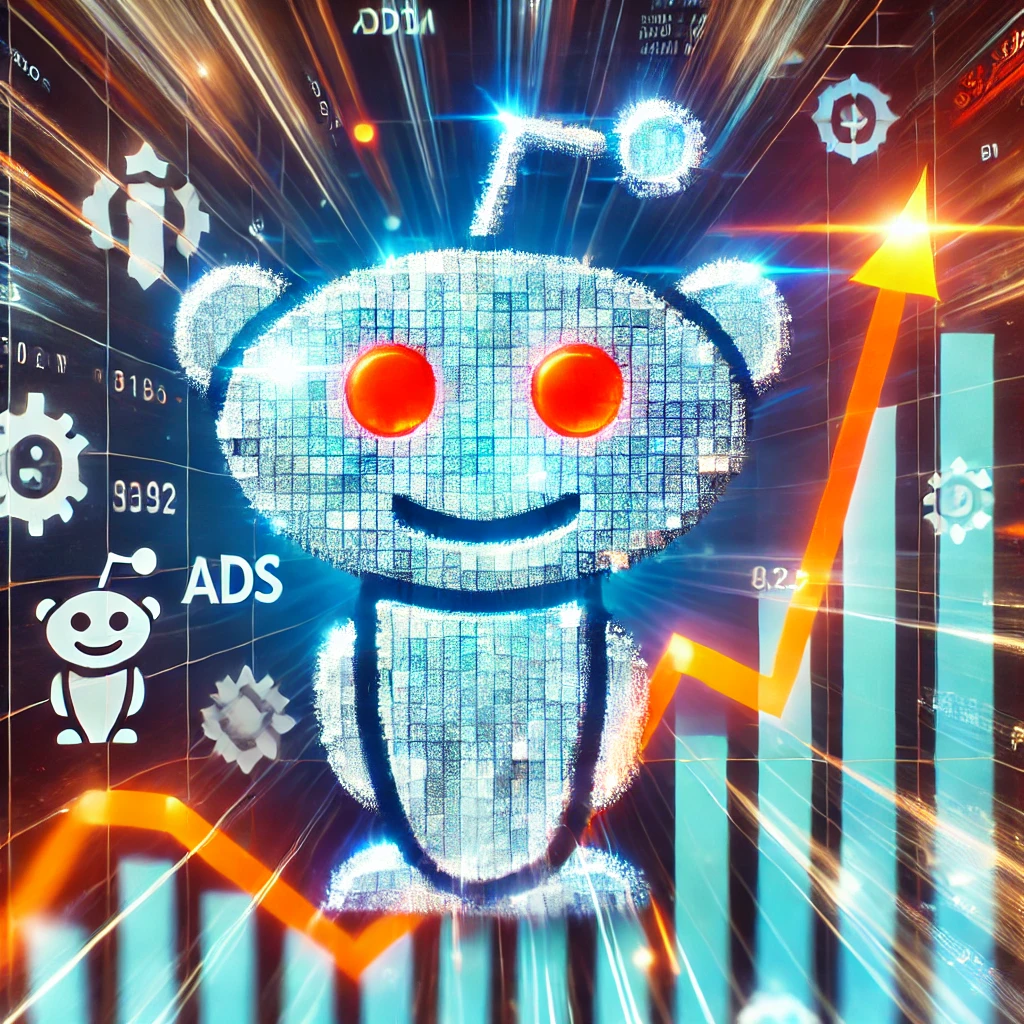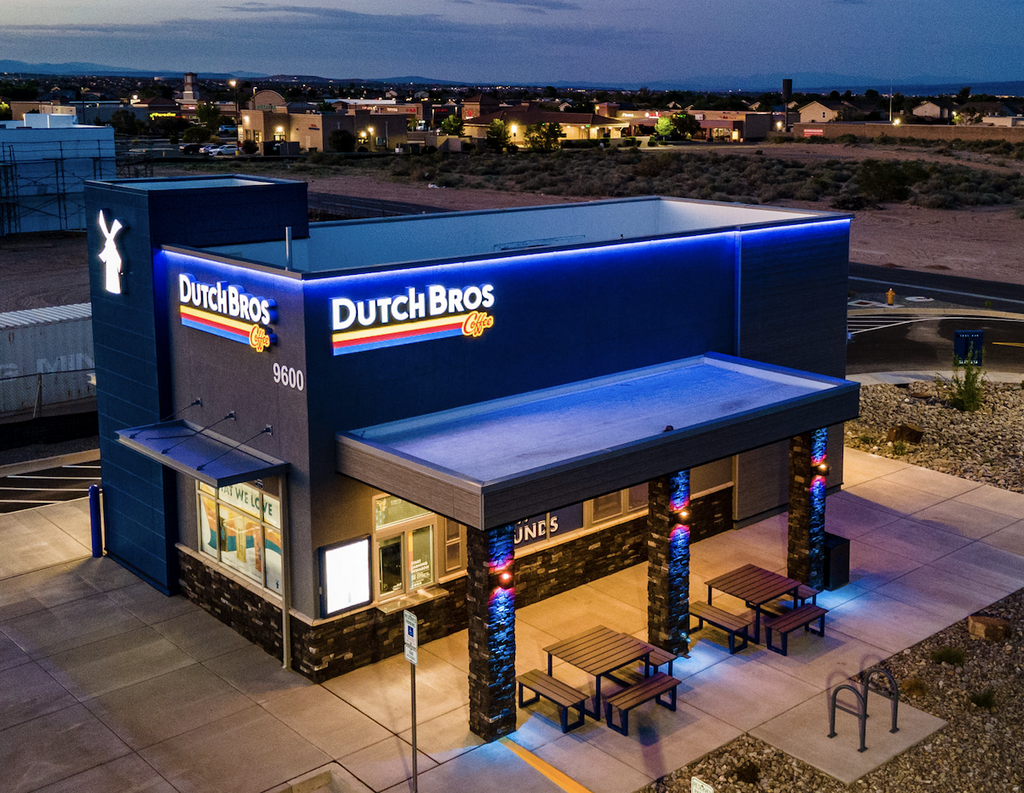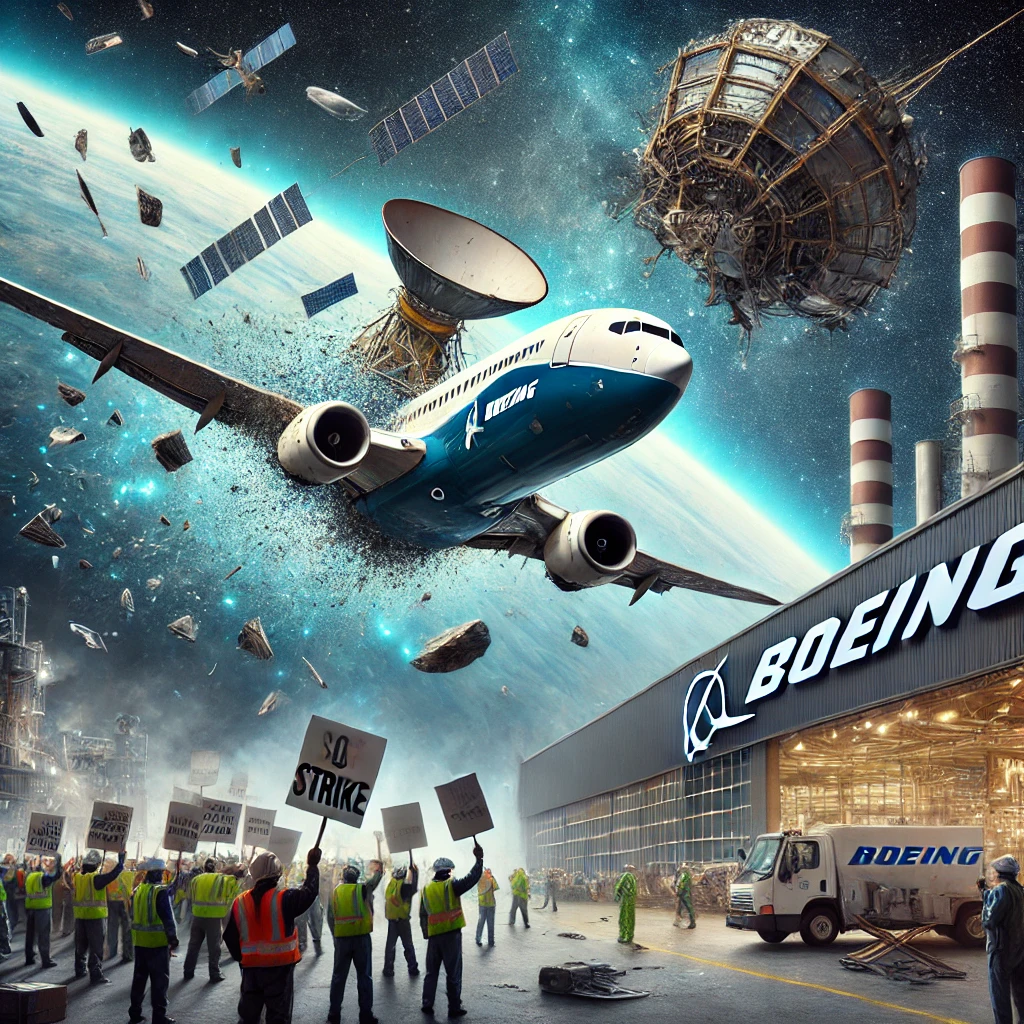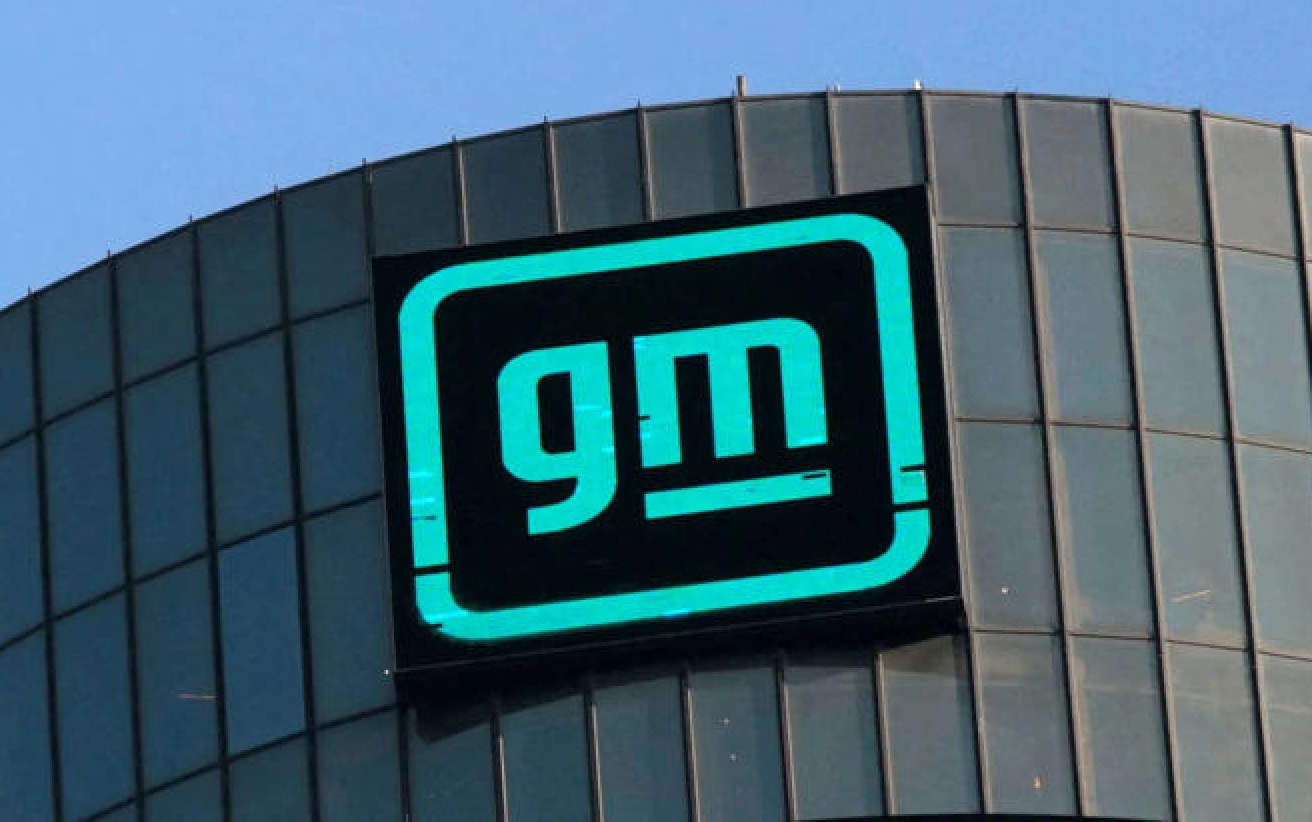
GM’s Recent Job Cuts in Software Division
In August 2024, General Motors (GM) made headlines with its decision to lay off more than 1,000 employees from its software and services division. This move, which affects about 1.3% of GM’s global salaried workforce, is part of a broader strategy to streamline operations and refocus resources on high-priority initiatives, particularly in the fast-evolving automotive industry.

Reasons Behind the Layoffs
The decision to cut jobs comes after a thorough review of the division, following the departure of Mike Abbott, a former Apple executive who had been leading the software division. GM emphasized that these layoffs are not merely a cost-cutting measure but are essential to simplify operations and accelerate progress in areas deemed critical for the company’s future.

Impact on GM’s Workforce
The layoffs include roughly 600 positions at GM’s Global Technical Center near Detroit, highlighting the significant impact on the local workforce. These job cuts are part of a broader trend within the company, which has been reducing its headcount in various divisions over the past few years to meet cost reduction targets and improve efficiency.

Focus on Emerging Technologies
Despite the layoffs, GM remains committed to its long-term goal of becoming a leader in the electric vehicle (EV) market. The company has been investing heavily in software development, seeing it as a crucial element of future vehicles. By reducing its workforce in some areas, GM aims to reallocate resources to more strategic projects that will drive innovation and profitability.

Strategic Leadership Changes
The layoffs follow significant leadership changes within the software and services division. After Abbott’s departure in March 2024, GM restructured the leadership roles, appointing Baris Cetinok and Dave Richardson to lead different aspects of the software division. This new leadership team is tasked with steering GM’s software development in a direction that aligns with the company’s broader goals.
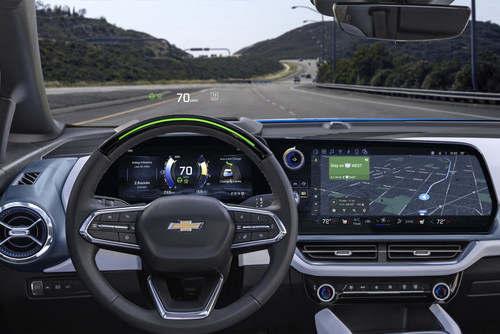
The Role of Software in GM’s Future
Software is increasingly becoming a central component of modern vehicles, and GM’s decision to streamline its software division underscores the importance of this area in the company’s future. The division is responsible for a wide range of functions, from infotainment systems to advanced driver-assistance systems (ADAS) like GM’s Super Cruise.

Challenges Facing Traditional Automakers
The job cuts also reflect the broader challenges facing traditional automakers like GM. As the industry shifts towards EVs and software-defined vehicles, companies must navigate a complex landscape that requires both innovation and cost management. The layoffs are part of GM’s effort to stay competitive in this rapidly changing environment.

Broader Industry Trends
GM’s decision is not an isolated event; it is part of a larger trend in the automotive industry where companies are increasingly focusing on software and digital services. As vehicles become more connected and autonomous, the demand for software development is expected to grow, making it a key battleground for automakers.

Impact on GM’s Stock and Market Perception
Following the announcement of the layoffs, GM’s stock saw a slight increase, reflecting investor confidence in the company’s strategic direction. By focusing on core areas and reducing costs, GM aims to enhance its financial performance and market position in the long term.

Broader Strategy
GM’s recent job cuts in its software division highlight the company’s efforts to adapt to a rapidly changing industry. While the layoffs are a difficult but necessary step, they are part of a broader strategy to ensure that GM remains at the forefront of automotive innovation. The company’s focus on emerging technologies, combined with strategic leadership changes, is expected to drive future growth and success.
These decisions, while challenging, are aimed at positioning GM as a leader in the next era of automotive technology, ensuring that it remains competitive in an industry that is increasingly defined by software and digital innovation.


